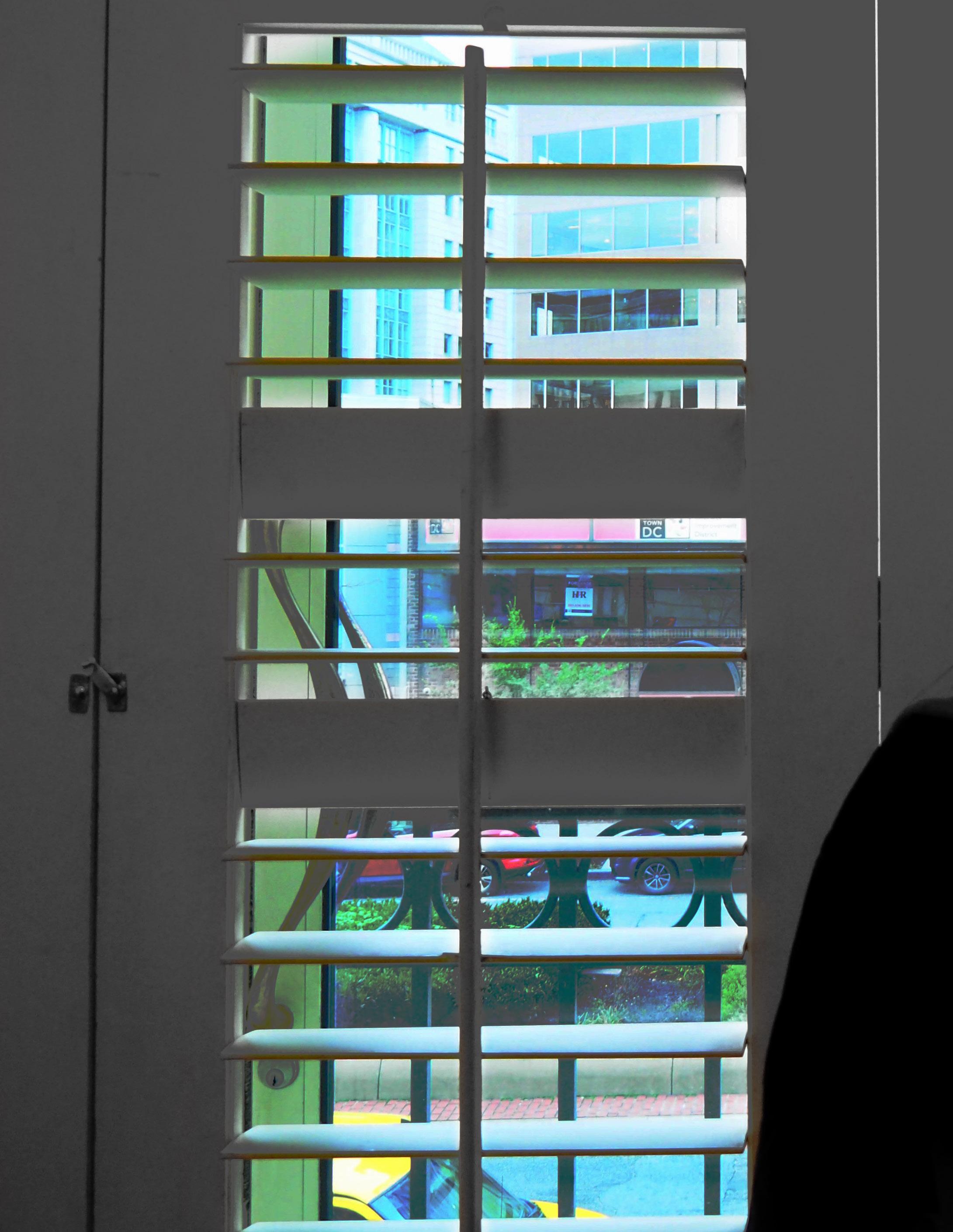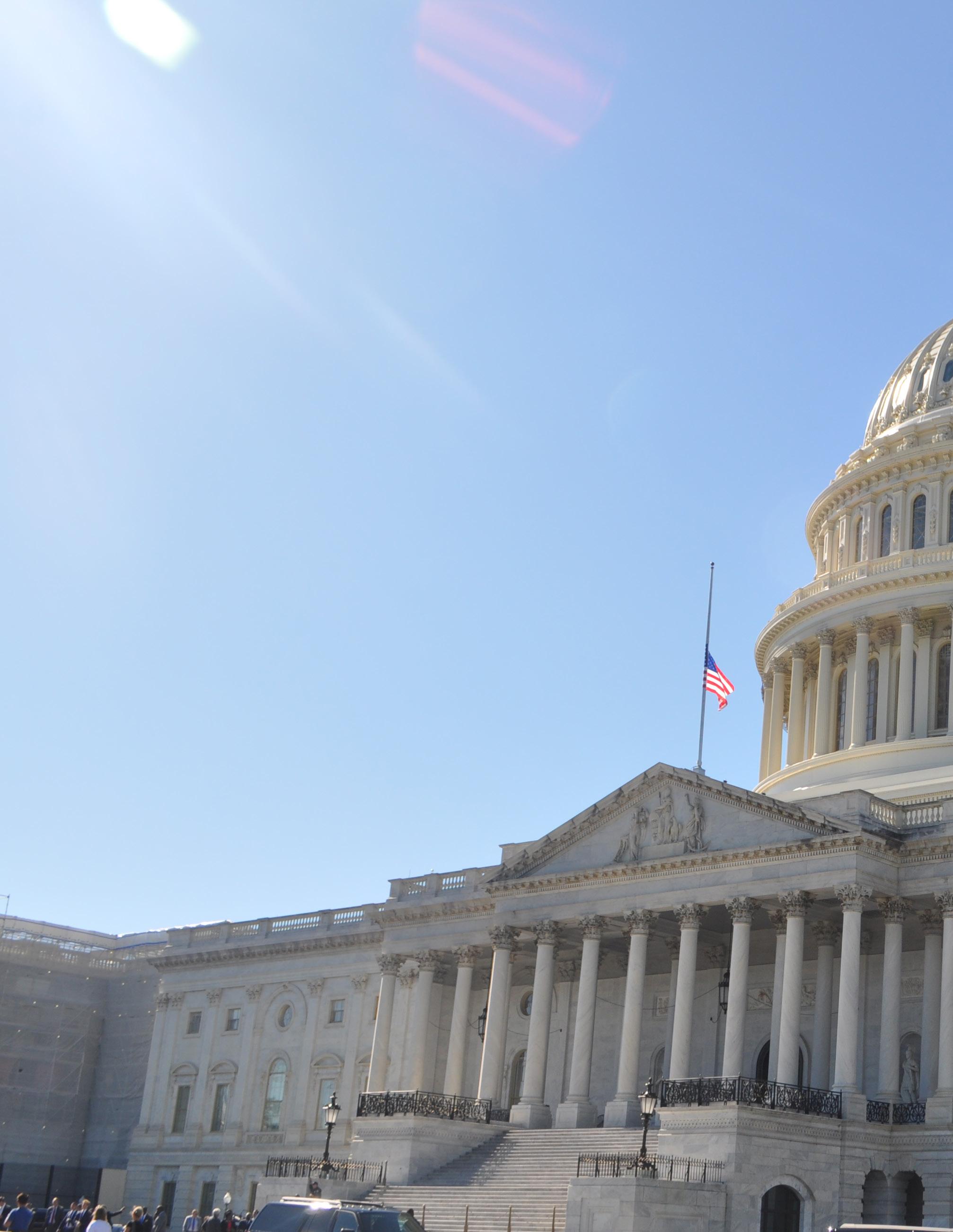
9 minute read
COLLEGE INAFFORDABILITY
by HCAmerican
Sarah Teixeira
$1.7 Trillion.
Advertisement
That’s the current student loan debt in the United States, and it’s growing every second of the day. As more people enter the student population and acquire loans to pay for their education, this number is only bound to continually grow. With the topic of college affordability permeating many areas of people’s lives and being at the forefront of the 2020 election why does college continue to be one of the most unaffordable endeavors that a person can pursue?
FAFSA and Private Loans
Students as young as 17 begin their college careers by being asked to accept thousands of dollars in federal student loan debt, and often have to add on thousands of dollars in private loans as well. Yes, students do go through loan training and sign-off on a Mastery Promissory Note before taking on any federal loans. That is not a true measure, however, of whether or not they understand the implications of accepting, on average, $35,097 in student loans according to FSA Data Reports from 2019.
The reality is that many students take on these loans without any plan of how they will pay them off upon graduation, or if the degree they are pursuing will even allow them to pay these loans off. A 2014 Johns Hopkins University study found that regardless of first-generation student status, students “believe themselves to be ill equipped to incur student loan debt responsibly.”
Most student debt resources will tell you that the cost of tuition is greatly covered by grants and other forms of financial aid, so the worry of borrowing for college is greatly reduced. The problem is that many of these forms of aid do not cover the high cost of room and board, school supplies, potential transportation costs, and various personal expenses. These costs are often instead covered by loans and income that the student earns while in school.
Even still, some experts in the field of education policy feel that the problem is not the amount of loans that students are taking out that makes college unaffordable, but instead that students take out loans and fail to finish their degree programs or choose degree programs that do not pay off in the long run. Sandy Baum, in a blog for Higher Education Today, says “The question, “Is college worth it?” is really more appropriate than, “Is college affordable?””
Though there is merit to the idea that not everyone needs to pursue a college education, this ideological belief that the cost of an education should not matter if the student is passionate about and will complete the degree they are pursuing undermines the vast number of barriers that are in place. These barriers range from gaining access to higher education all the way through completing an education, and these barriers disproportionately affects low-income students, students of color, and older college students.
Who is Primarily Impacted?
Low-income students, students of color, and older college students often have to overcome cost barriers of entrance as well as an inability to finish college or the inability to finish college on time. A majority of college degrees are designed to be completed within four years, but when looking at the data from the National Student Clearinghouse, most of these student groups do not meet that four year standard. In fact, their 2016 study found that it can take 5.1 years to earn a bachelor’s degree at state universities, and 4.8 years at private universities. This can equate to higher, longer term costs because of the lengthened time spent in school instead of earning a full-time wage.
In addition to the race to complete a degree, there is the fact that the Johns Hopkins study, mentioned earlier, also found that first-generation students “rely on student loans to participate in higher education” at a disproportionate rate to their continuing-generation counterparts. This game of loans starts upon admission when admissions counselors will help students complete loan applications, like FAFSA, but then fail to explain that these loans need to be paid off even if the student never earns a diploma. The drop out rate, due to high levels of debt, is higher amongst black and Latino students, with 40% of black students dropping out as pointed out by Danielle Douglas-Gabriel in her article for the Washington Post.
The Necessity of Working
Yet even with this extensive knowledge of disparities within the college funding system, little is being done to change the high cost of attending college. Instead, the burden is placed upon students who are obligated to work multiple jobs in order to afford attendance, on top of taking on school work and, often, unpaid internships.
Seven in every ten students work while enrolled in a fulltime program of study, and nearly a quarter of those students work full-time jobs in addition to their programs of study according to an Atlantic article by Emily Deruy. The need to afford basic life necessities forces college students to participate in two full-time commitments and stretch themselves thin. In fact, studies done by the Bureau of Labor and Statistics show that students who worked over 20 hours per week have lower GPAs than their peers who did not work as much. There is too much of a time demand on these full-time students and full-time workers, and because they cannot perform to their best ability at both, they instead prioritize their jobs, which allow them to live.
This is a common problem seen with unpaid internships, where the argument is that students are paid in experience and therefore do not need monetary compensation. However, experience doesn’t pay bills or provide someone with food and shelter. Instead, students will take on the burdens of a full class load, working a paid job, and interning in an unpaid position just to meet all of the obligations that they face in their personal and professional lives.
Students who work on-campus jobs face a similar level of exploitation in their roles. As an example, the role of a Resident Assistant (RA) here on American’s campus provides students with free housing and a $350 monthly stipend. This comes at the cost of living in a fishbowl and the effect of essentially working 24 hours a day, 7 days a week. In addition to all of this, the RA role at AU limits students to working only an additional 7 hours per week at an on campus job. This leaves many students struggling to pay for books, student loans, food, and general items for life enjoyment. At other institutions, such as Emerson College, RA’s receive an hourly wage and must pay for their housing through that wage, while also being told that all of their additional employment, even unpaid internships, must be approved by a supervisor before they are able to accept the roles.

The students in this type of role are often desperate to have a large portion of their loans cut down, and by accepting this role they are able to do so. However, this can come with the loss of financial aid, the stress of the role, and, in the end, a similar cost of attendance to what they experienced before accepting the role.
These intricacies and complications to the role of a student worker are not limited to that of the RA position. In fact, many on campus jobs force students to work overnight shifts, pay at the minimum wage, restrict the number of hours a student is able to work, and require an exceptionally high level of performance for a student role. These high-stress environments add to the burden of college inaffordability because students cannot afford to simply not work, and there is more harm than benefit to dropping out. Instead, student-workers push through demanding jobs at low pay in an effort to subdue some of the economic burdens that they face while in school.
What about Socalist Education?
Given all of this knowledge on the high costs of attending college and the unfair burden that it places on the aforementioned student groups, why have we, as a country, failed to create change in higher education? Countries around the world have implemented systems of free public college with little to no issues in the process, yet the majority of the US is still struggling to accept or adapt to the idea.
Some states, such as New York and Rhode Island, have been testing out the idea of free four-year and two-year programs. About 62% of Americans support making public college tuition free according to a survey conducted by Bankrate in July of 2016, and that number has only grown since then.
All Democrats running for the 2020 election have proposed some type of plan to target the high-cost of college attendance and student loan debt. Almost all of the plans include some level of free public college education, but where they differ is in solving the current student loan debt accrued by students. Some, like Bernie Sanders, have argued for the complete elimination of all student loan debt, while others, like Elizabeth Warren, would have a sliding scale based on a person’s income with debt elimination caps.
Most economic forecasts say that any plan involving the elimination of student loan debt would provide a boost to the economy in a similar way to how a tax cut provides economic boosts. The biggest argument against this elimination, argues Brittany De Lea in her article for Fox Business News, is that cancelling student loan debt would “be ‘partially diluted’ since those with higher debt burdens tend to have higher household incomes [and those same people] are more likely to stash away their savings than spend it.” Though elimination of student loan debt is overall positive, the option to create free college education faces a similar challenge.

Sydney Johnson spoke with Sandy Baum for an EdSurge piece in which Baum pointed out that free college education does not benefit low income students in the same way that it would benefit middle and upper class students. To truly create an even playing field, we would have to erase all tuition and allow low-income students to keep their Pell Grants and other aid in order to pay for the cost of living and other larger expenses that are the true cause of college debt. Is there a best solution to the problem of college inaffordability? Looking at all of the outside factors that contribute to student loan debt, and the general nationwide sentiment that student loans have become a burden, there needs to be some type of solution put into place. We cannot continue to allow students to have to choose between basic life needs and paying for school. Everyone needs to get out and vote for a change in the for-profit education system, and demand a more equal playing field for low-income students, people of color, non-traditional students, and firstgeneration students.
There is no reason for the total college debt to be in the trillions, billions, or even millions.











